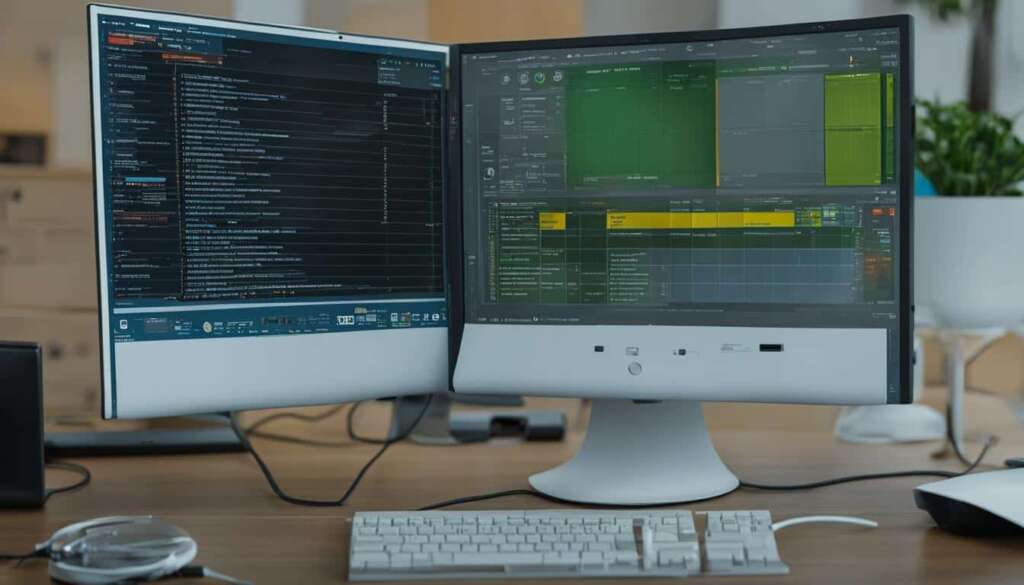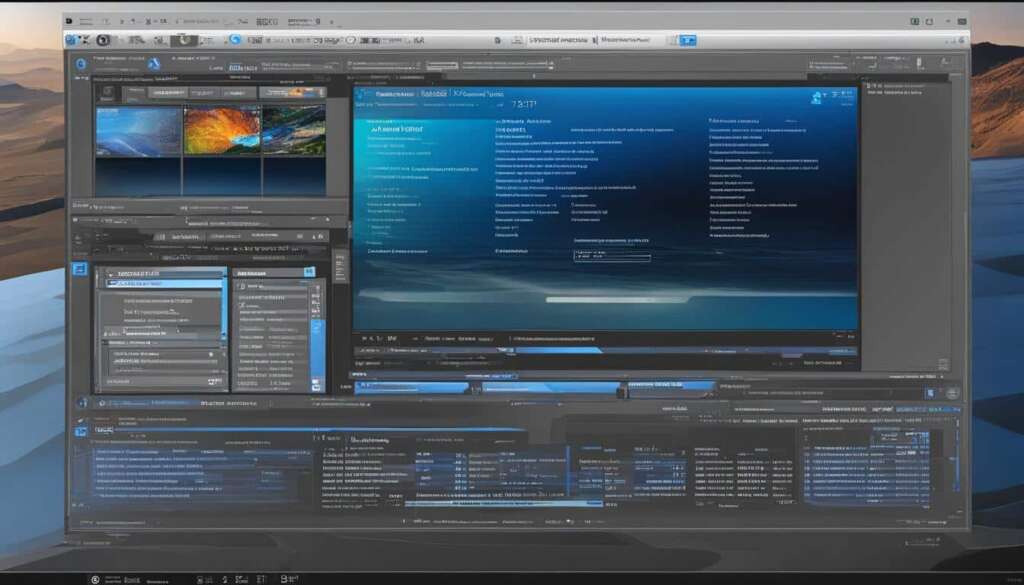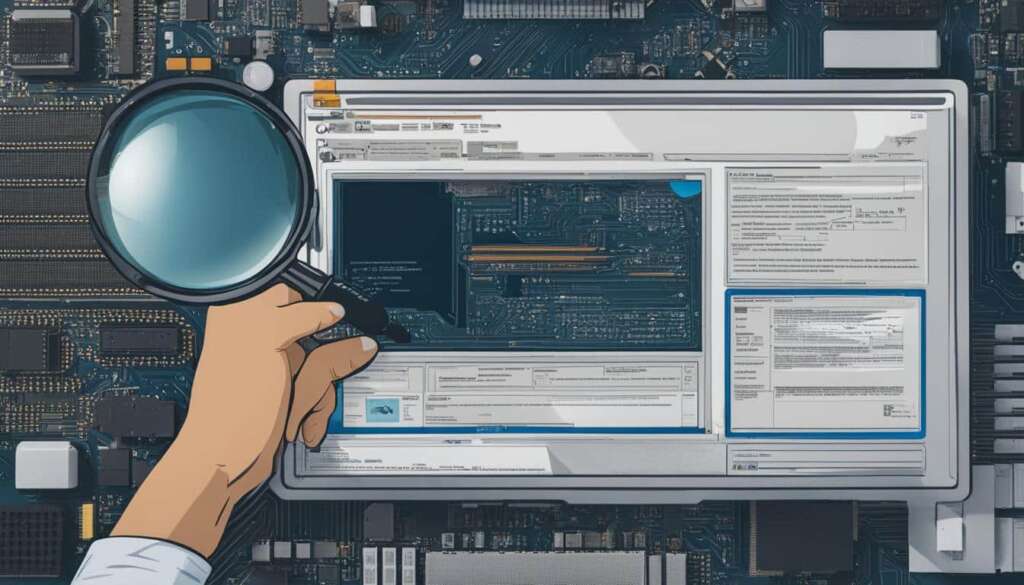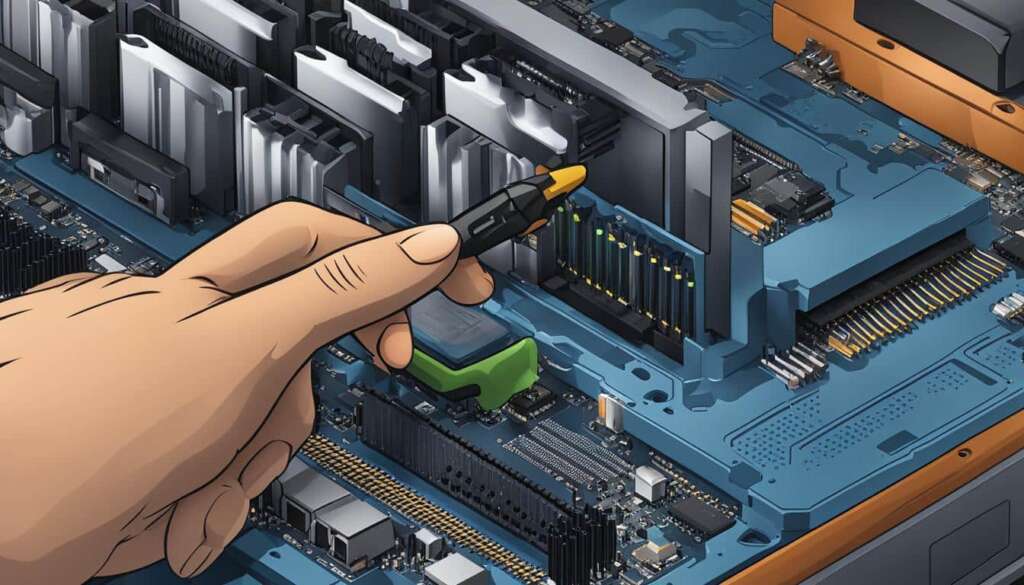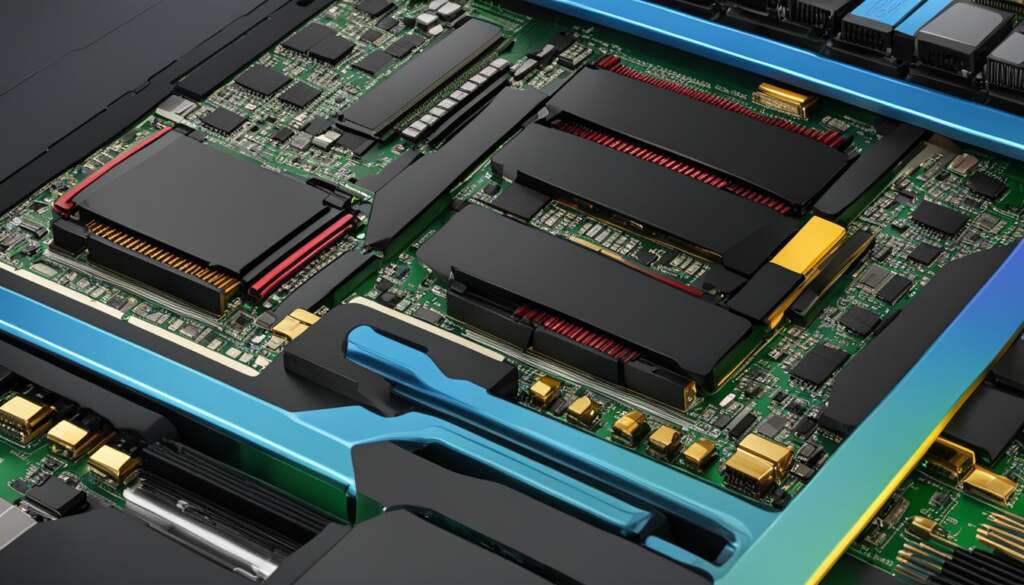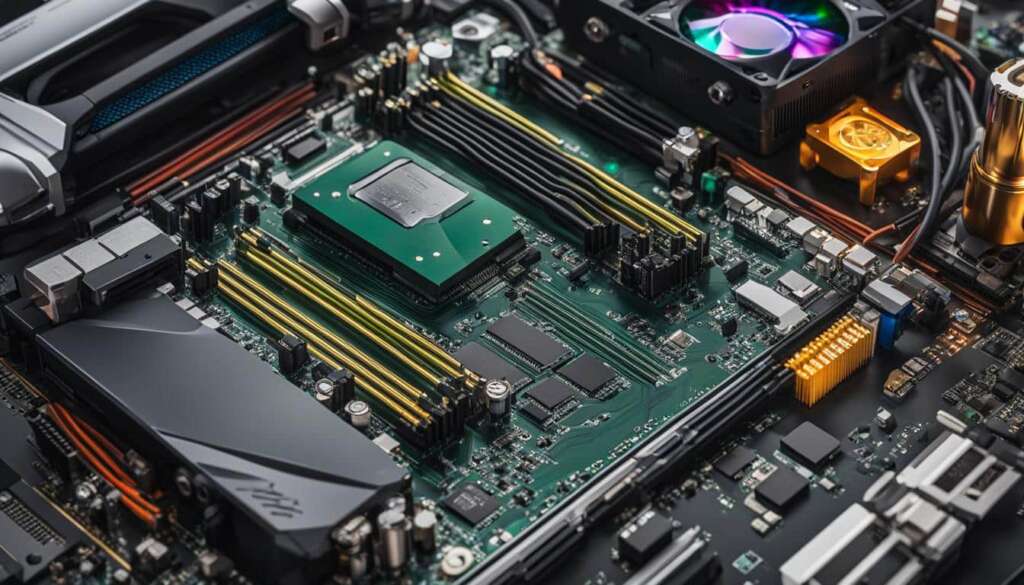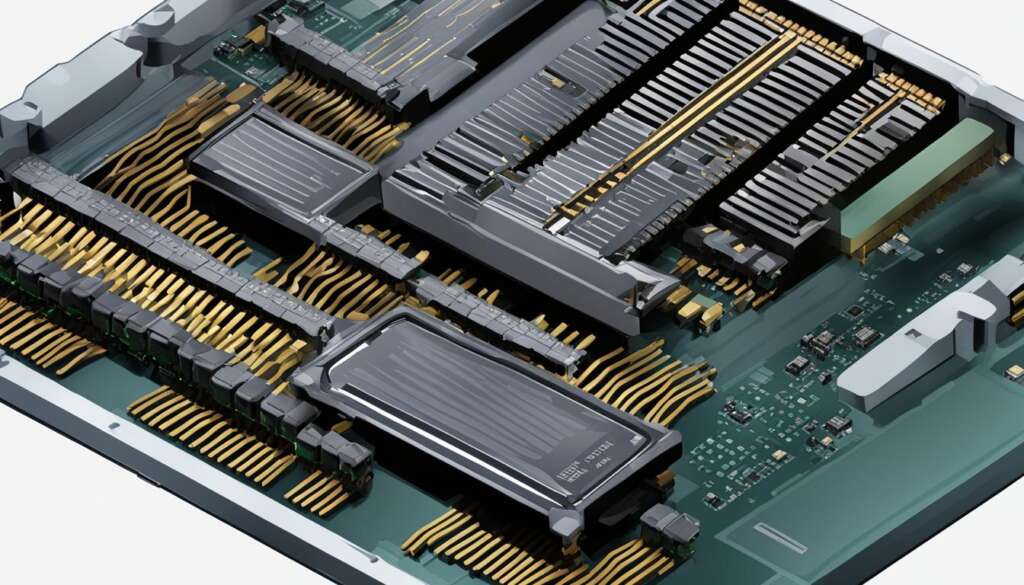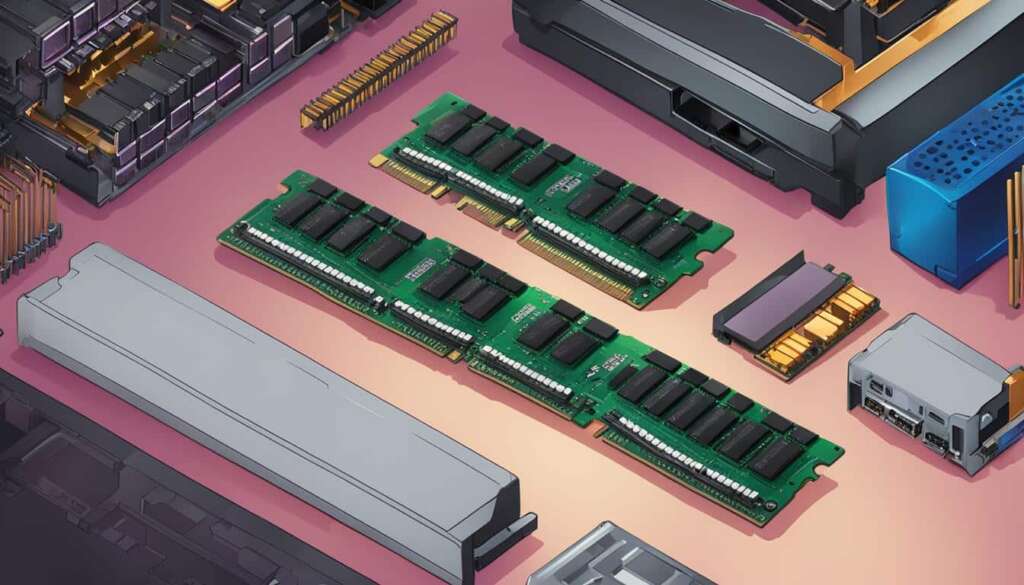Table of Contents
To ensure that your computer is running smoothly and to determine its capabilities for various tasks and applications, it is crucial to check your PC specs. Whether you want to upgrade your computer or troubleshoot issues, knowing the specifications of your PC can be extremely helpful. In this quick guide, we will provide you with easy methods to check your PC specs on Windows 10.
When it comes to PC specifications, it includes vital information like the processor, memory (RAM), storage capacity, and graphics card. These components determine the performance capabilities of your computer and its compatibility with different programs and applications. By checking your PC specs, you can ensure that your computer meets the system requirements for specific software or games.
In the following sections, we will explore different ways to check PC specs on a Windows 10 operating system. We’ll cover methods such as using System Properties, accessing the Settings, utilizing the Command Prompt, and using Windows PowerShell. These methods will allow you to access detailed information about your PC, including the Windows edition, system information, processor, RAM, system type, and more.
How to Check PC Specs Windows 10 through System Properties
One of the most common ways to check PC specs on Windows 10 is through the System Properties. To access this information, you can right-click on This PC and select Properties, or press the Windows and Pause/Break keys simultaneously.
In the System Window, you will find details about your Windows 10 edition, system information, processor, RAM, system type, and more.
| System Properties | Description |
|---|---|
| Windows 10 Edition | Displays the specific edition of Windows 10 installed on your PC, such as Home, Pro, or Enterprise. |
| System Information | Provides an overview of your computer, including the processor, installed memory (RAM), and system type (32-bit or 64-bit). |
| Processor | Shows detailed information about your computer’s processor, such as the name, architecture, and clock speed. |
| RAM | Displays the amount of installed RAM on your PC, allowing you to determine its memory capacity. |
| System Type | Specifies whether your PC is running a 32-bit or 64-bit version of Windows 10. |
By checking your PC specs through System Properties, you can gain valuable insights into the key components of your computer system. This information is essential for troubleshooting issues, upgrading hardware, or ensuring compatibility with software and applications.
How to Find Computer Specs Windows 10 from Settings
Another convenient way to check your computer specs on Windows 10 is through the Settings menu. By following a few simple steps, you can access crucial information about your device’s specifications.
To begin, click on the Start button located at the bottom left-hand corner of your desktop. From the menu that appears, select “Settings.”
Within the Settings menu, navigate to and click on the “System” option. This will open a new window with various system-related settings.
Next, click on the “About” tab located on the left-hand side of the window. This will display detailed information about your device.
Under the “Device specifications” section, you will find essential details such as your device name, processor, RAM, device ID, and system type. These specifications provide valuable insights into your computer’s hardware capabilities.
Furthermore, in the “Windows specifications” section, you can view your system edition, version, installation date, and OS build. This information is especially useful when troubleshooting compatibility issues or determining if your operating system is up to date.
By accessing your computer specs through the Settings menu in Windows 10, you can quickly gather essential details about your device, empowering you to make informed decisions regarding upgrades or compatibility requirements.
| Device Specifications | Windows Specifications |
|---|---|
| Device Name | System Edition |
| Processor | Version |
| RAM | Installation Date |
| Device ID | OS Build |
| System Type |
How to Check PC Specs Windows 10 with Command Prompt
If you prefer using the Command Prompt, you can also check your PC specs on Windows 10. Open the Command Prompt by pressing the Windows and R keys, then typing “cmd” and hitting Enter. Once the Command Prompt window opens, enter the “systeminfo” command and press Enter. This will display a detailed list of your Windows 10 computer specs, including OS and system information, processor, RAM, BIOS, network information, and more.
Using the Command Prompt is an efficient way to gather essential information about your Windows 10 computer. By entering the “systeminfo” command, you can access a comprehensive overview of your PC’s specifications. This includes details about the operating system, processor, installed memory (RAM), graphics card, network configuration, and much more.
The systeminfo command generates an extensive report that covers various aspects of your PC’s hardware and software. This report can be extremely helpful for troubleshooting purposes, system optimization, or determining the compatibility of your PC with certain software or games.
Once you execute the systeminfo command, the Command Prompt will start retrieving data about your PC’s specs, which may take a few seconds depending on your computer’s performance. The results will be displayed in the Command Prompt window, providing you with an organized and easy-to-read overview of your Windows 10 computer’s specifications.
Benefits of Using Command Prompt for PC Specs
There are several advantages to using the Command Prompt to check your PC specs on Windows 10:
- Efficiency: The Command Prompt provides a quick and straightforward method to obtain detailed information about your PC’s hardware and software configurations without the need for third-party software or navigating through multiple menus.
- Comprehensive report: The systeminfo command generates a comprehensive report that covers various aspects of your PC, including system details, memory usage, installed software, network configuration, and more.
- Accessible on all Windows versions: The Command Prompt is available on all versions of Windows, making it a reliable method to check PC specs regardless of the Windows version you are using.
- Useful for troubleshooting: The detailed information provided by the Command Prompt can help diagnose hardware or software issues and identify potential bottlenecks that may affect your computer’s performance.
Overall, using the Command Prompt to check your PC specs on Windows 10 offers a convenient and efficient way to gather accurate information about your computer’s specifications.
| Information Category | Description |
|---|---|
| Operating System | Displays information about the installed Windows edition, version, build, and installation date. |
| System Manufacturer | Provides details about the manufacturer of your PC’s motherboard. |
| System Model | Displays the model name or number of your PC. |
| BIOS Version | Shows the version of your PC’s BIOS firmware. |
| Processor(s) | Provides information about your CPU(s), including the name, architecture, manufacturer, and clock speed. |
| Total Physical Memory | Displays the total amount of physical memory (RAM) installed on your PC. |
| Network Adapter(s) | Lists the network adapters installed on your PC, including their names and MAC addresses. |
| …and more | The systeminfo command provides additional information about your PC’s hardware and software components, including graphics card, disk drives, system uptime, and Windows updates. |
How to Check Laptop Specs Windows 10 through PowerShell
Windows PowerShell provides another option for checking your laptop specs on Windows 10. To access PowerShell, right-click on the Start button and choose Windows PowerShell (Admin).
In the PowerShell window, enter the “Get-ComputerInfo” command and press Enter. This command will retrieve comprehensive information about your Windows 10 computer specifications.
With PowerShell, you can quickly gather essential details such as the processor, memory (RAM), storage capacity, graphics card, and more. This allows you to assess the capabilities of your laptop and determine if it meets your requirements for specific tasks and applications.
By knowing your laptop specs, you can make informed decisions about upgrades or troubleshooting any performance issues. It also helps when comparing system requirements of software or games to ensure compatibility with your device.
Verifying PC Hardware Specifications and Importance
When it comes to your computer’s performance and compatibility with different software and applications, PC hardware specifications play a crucial role. These specifications include the processor, memory (RAM), storage capacity, and graphics card of your computer. By checking your PC hardware specifications, you can ensure that your computer has the necessary capabilities to handle the tasks and software you use.
The processor is the brain of your computer, responsible for executing instructions and performing calculations. A faster and more powerful processor can handle complex tasks and run demanding applications smoothly. Memory, or RAM, determines how many programs and processes your computer can handle simultaneously. Upgrading your RAM can enhance multitasking and improve system responsiveness.
Graphics card, also known as a video card or GPU, is essential for visuals and gaming performance. A dedicated graphics card with higher memory and processing power can enhance image and video rendering, allowing for a more immersive visual experience in games and multimedia applications. Storage capacity determines how much data your computer can store, including the operating system, files, and programs.
Verifying your PC hardware specifications is important before considering any upgrades or installing new software. By knowing your computer’s capabilities, you can ensure that the software you use is compatible with your system requirements. Additionally, upgrading components like the processor, RAM, or graphics card can significantly boost your computer’s performance and enable you to run resource-demanding programs smoothly. So, it’s always advisable to check and understand your PC hardware specifications for a seamless computing experience.
FAQ
How can I check my PC specs on Windows 10?
There are multiple ways to check your PC specs on Windows 10. You can use the System Properties, Settings, Command Prompt, or Windows PowerShell.
How do I check PC specs on Windows 10 through System Properties?
To check PC specs through System Properties, right-click on This PC and select Properties, or press the Windows and Pause/Break keys simultaneously. In the System Window, you will find details about your Windows 10 edition, system information, processor, RAM, system type, and more.
How can I find computer specs on Windows 10 from Settings?
To check computer specs from Settings, click on the Start button, then select Settings. From there, go to System and click on About. Under Device specifications, you will find information about your device name, processor, RAM, device ID, system type, and more. In the Windows specifications section, you can view your system edition, version, installation date, and OS build.
What is the method to check PC specs on Windows 10 with Command Prompt?
To check PC specs using Command Prompt, open the Command Prompt by pressing the Windows and R keys, then typing “cmd” and hitting Enter. Once the Command Prompt window opens, enter the “systeminfo” command and press Enter. This will display a detailed list of your Windows 10 computer specs, including OS and system information, processor, RAM, BIOS, network information, and more.
How do I check laptop specs on Windows 10 through PowerShell?
To check laptop specs using PowerShell, right-click on the Start button and choose Windows PowerShell (Admin). In the PowerShell window, enter the “Get-ComputerInfo” command and press Enter. This will provide you with comprehensive information about your Windows 10 computer specs.
Why is it important to verify PC hardware specifications?
Verifying PC hardware specifications is important because they determine the performance capabilities of your computer and its compatibility with various programs and applications. Checking your PC hardware specifications can help you ensure that your computer can handle the tasks and software you use. Upgrading components like the processor, RAM, or graphics card can significantly enhance your computer’s performance and enable you to run more resource-demanding programs smoothly. Checking the system requirements of games or software before installing them is also essential to ensure compatibility with your PC specs.

